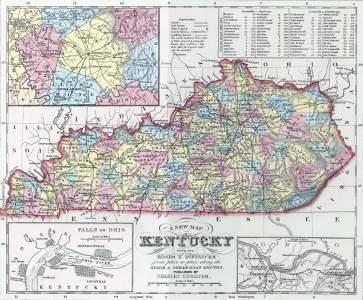Description
On July 4, 1865, according to Gen. John M. Palmer, the Union commander in charge of Kentucky, the enslaved families of the state expected to be set free. Since slavery was still legal in the state (and would remain so until the ratification of the 13th Amendment in December), this created great anxiety among white residents. So General Palmer decided to issue passes to Blacks allowing them to seek employment in Ohio or elsewhere. Palmer wrote about this to President Andrew Johnson at the end of July 1865, explaining his actions: "Before the Fourth of July an impression got abroad among the negroes throughout the State that on that day they would all be made free. Influenced by this belief, thousands of them left their masters' houses, and came into our posts and different points in the State. Every nook and hiding place at such places at Camp Nelson, Lexington, Frankfort, Bowling Green, Munfordville, &c was filled with them." Palmer estimated about 5,000 enslaved people had taken advantage of these passes. However, local newspapers, such as the Western Citizen of Paris, Kentucky, estimated a much higher figure and called the movement of the enslaved a "stampede." In early August 1865, various northern newspapers paraphrased the Western Citizen's report, claiming that the Kentucky journal "says the stampede of negroes is enormous, and gives particulars of their thronging about headquarters. It alleges that in five days 1,300 passes averaging four persons to each pass had been issued. So at Lexington and other points, and it was estimated that 25,000 negroes left Kentucky last week."

